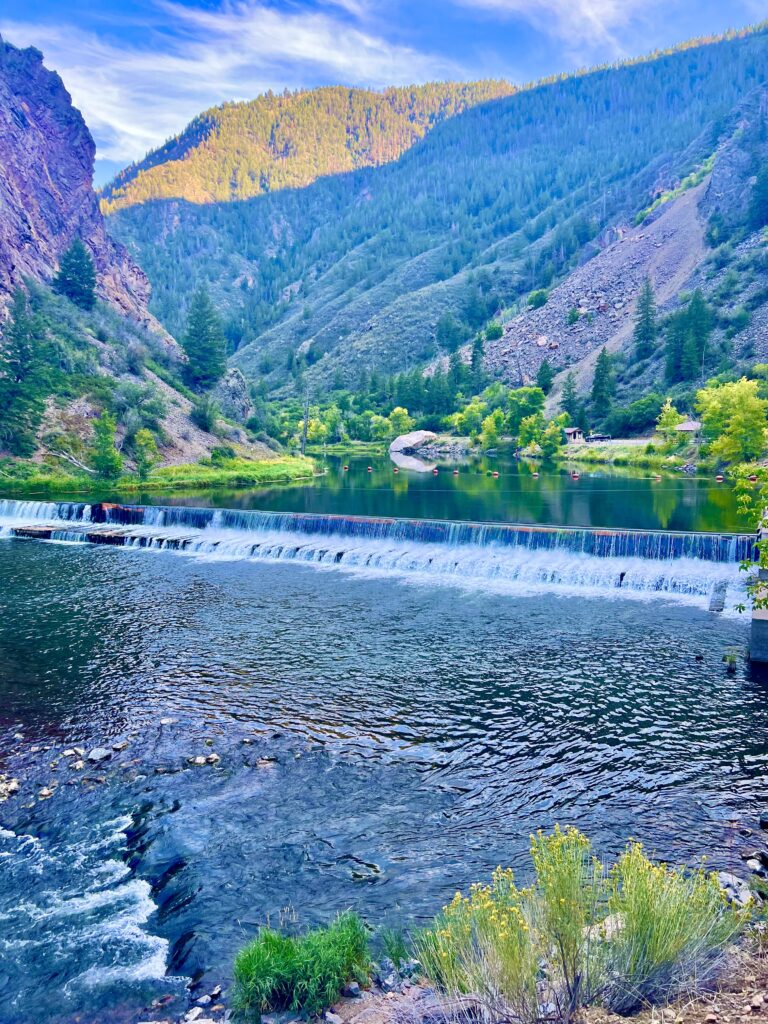The American West is a land permeated with monumental canyons. From the Grand Canyon in Arizona, to Palo Duro Canyon in the Texas Panhandle, the West is home to some of the world’s great chasms. Yet among the West’s great canyons, it’s Colorado’s Black Canyon that strikes me as being the most unique. Preserved as Black Canyon Of The Gunnison National Park, Black Canyon stands in stark contrast to its more famous neighbors.
In contrast to the sunny red rock canyons of Utah or Arizona, Black Canyon is a land shrouded in darkness. Simultaneously one of the narrowest and deepest canyons in the western United States, the bowels of Black Canyon are often devoid of sunlight. The scenery is accentuated by the canyon’s walls, which are composed of dark volcanic rock. All of these features work together to create an impressive, and somewhat ominous scene.
https://www.nps.gov/blca/index.htm

While dwarfed by the Grand Canyon, Black Canyon is plenty large enough to be awe inspiring. Stand on the canyon’s precipice and you can’t help but marvel at its depths. For most people, the best way to experience Black Canyon Of The Gunnison National Park, is by taking a scenic drive along South Rim Road. The road extends for 7 miles along the canyon’s edge, and features 12 overlooks, each one offering a unique perspective. All 12 are worth stopping for, but my favorites are Gunnison Point, Chasm View, Painted Wall and Sunset View.
There’s also plenty of hiking trails along the rim of the canyon, but there’s no marked trails leading down to river, rather there are “wilderness routes”. I contemplated giving it a go, but was persuaded not to by the National Park Service’s warning that, “Poison ivy is nearly impossible to avoid”.

Fortunately for anyone who shares my aversion to poison ivy, there’s an easier option to reach the canyon floor, one that also reveals some interesting history. The East Portal Road winds its way down to the Gunnison River, descending some of the steepest grades you’ll see, making for a fun drive. Constructed in 1904, the East Portal Road was part of the infrastructure necessary to build the Gunnison Tunnel, which was once the longest irrigation tunnel in the world. Extending 5.8 miles from the Gunnison River to the neighboring Uncompahgre Valley, the Gunnison Tunnel was an engineering marvel when it was constructed. No less important today, the tunnel helps transform the dry Uncompahgre Valley into an agricultural oasis.
The National Park Service has some excellent exhibits located alongside the Gunnison River, detailing the history of the Gunnison Tunnel. I was previously unaware of the project, so that was a happy find. But for most people the payoff from descending the East Portal Road is the view, and it is pretty spectacular. Black Canyon isn’t as steep in this section, but you have no problem appreciating the canyon’s immense scale. Standing near the East Portal of the Gunnison Tunnel, you can appreciate the sentiment expressed by the New York Times in 1906, when it described the exploits of the Gunnison Tunnel survey party, “Entered a Canyon 3,000 Feet Deep from Which No One Had Ever Returned Alive”.
